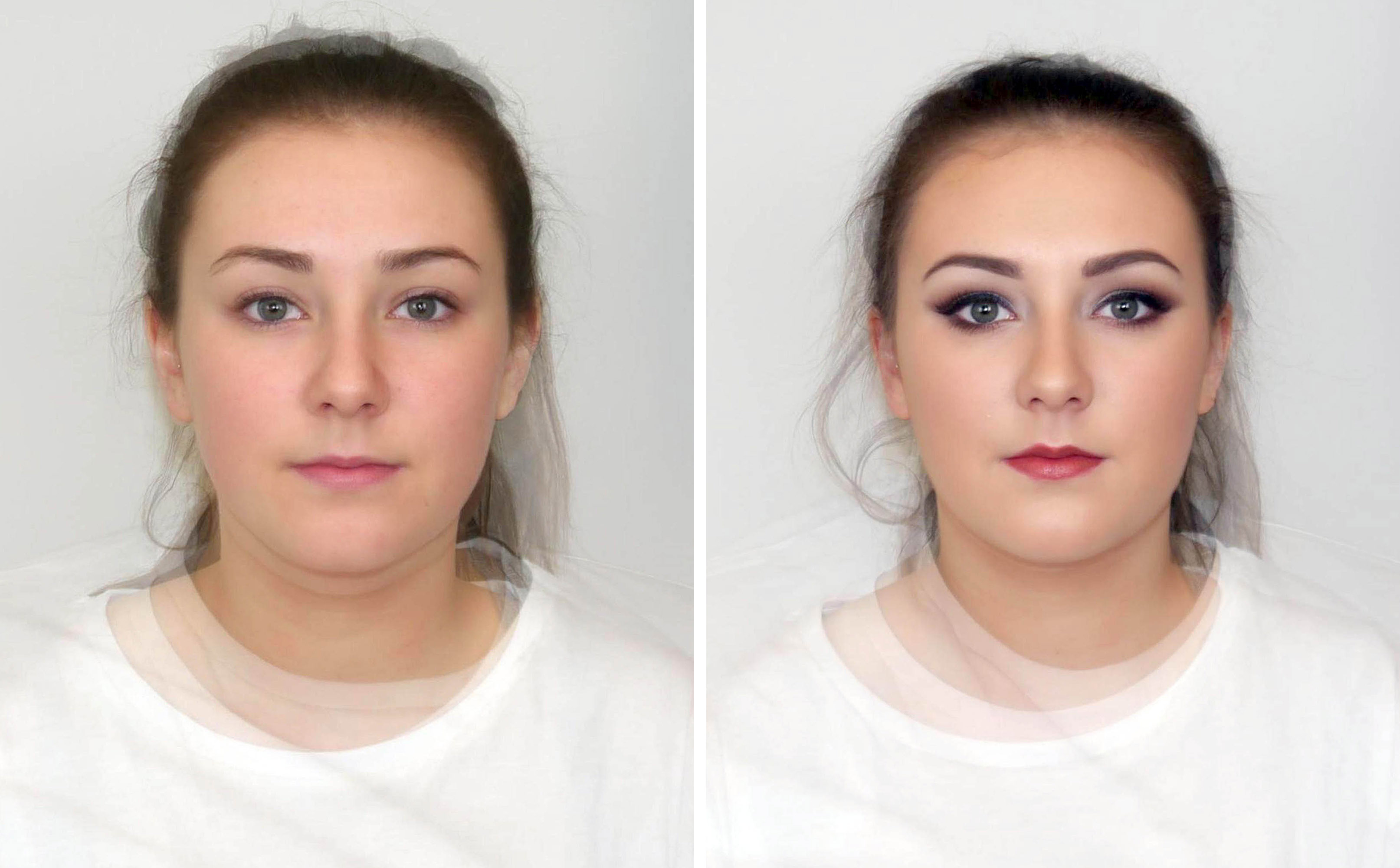
WOMEN wearing make-up for a night-out are less likely to be considered good leaders, new research indicates.
An Abertay University study found both women and men came to the same judgement when comparing images of women wearing make-up compared to those without.
Participants were shown as 16 pairs of images, showing a woman made up for a social night-out and her make-up free, and asked to choose the better leader.
Computer software was used to manipulate the faces and the amount of make-up shown.
Both male and female participants evaluated women more negatively as a leader if the image suggested she was wearing a lot of make-up.
Christopher Watkins, of the university’s division of psychology, said: “This research follows previous work in this area which suggests that wearing make-up enhances how dominant a woman looks.
“While the previous findings suggest that we are inclined to show some deference to a woman with a good-looking face, our new research suggests that make-up does not enhance a woman’s dominance by benefiting how we evaluate her in a leadership role.”
The study was published in the Perception journal.

Enjoy the convenience of having The Sunday Post delivered as a digital ePaper straight to your smartphone, tablet or computer.
Subscribe for only £5.49 a month and enjoy all the benefits of the printed paper as a digital replica.
Subscribe